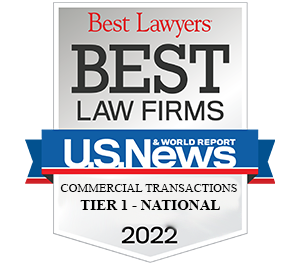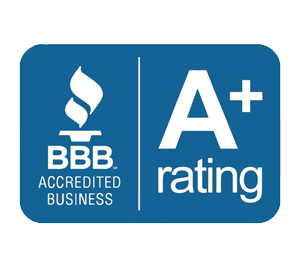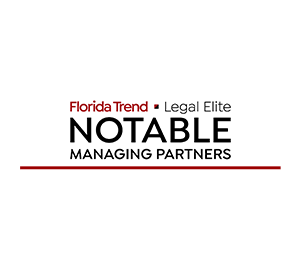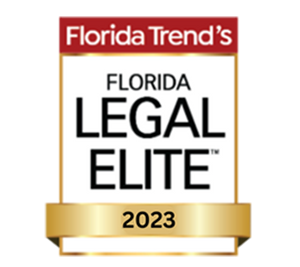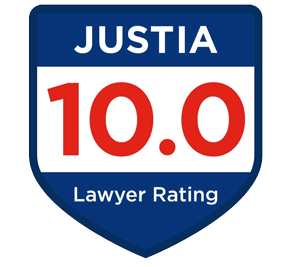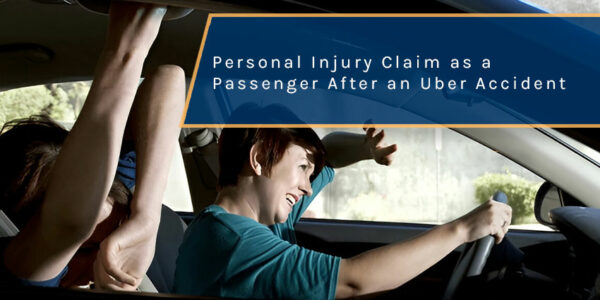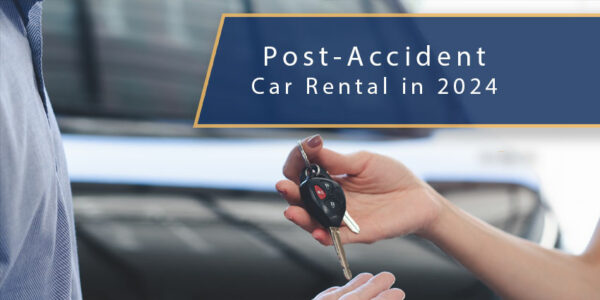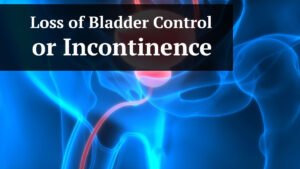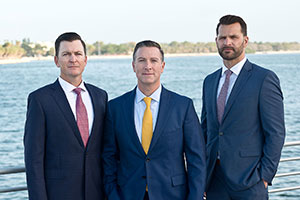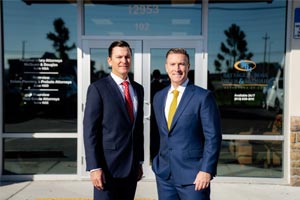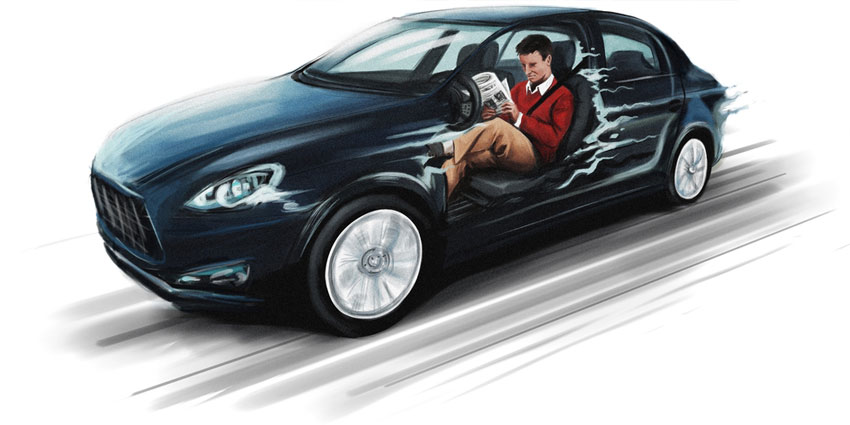
Tesla is changing how we handle car accident injury claims. If you sustained injuries due to a Tesla driver’s negligence OR if you own a Tesla and were injured, this guide will be a valuable resource for you.
When Tesla first announced the autopilot system, people were ecstatic. Who wouldn’t love the idea of relaxing while your car drives? You can kick back, read a book in traffic, or get some extra snooze on your commute to work.
Tesla is one of the fastest-growing companies in the world. Just in 2020, Tesla sold nearly 500,000 vehicles. Their electric vehicles are a modern symbol that exemplifies the crossroads between sustainability and luxury. But, unfortunately, cutting-edge technology is not always perfect.
In recent years, Teslas with AutoPilot have been involved in several accidents, some resulting in fatalities. These accidents have raised questions about the safety of AutoPilot and fully self-driving cars.
Tesla has clarified that the driver is liable after an accident, even in “self-driving” cases. As a result, accident victims who have sustained injuries in Tesla accidents have learned that filing a car insurance claim or a personal injury lawsuit is complex.
Is Autopilot Different From the Fully Self-Driving Vehicle?
There are some differences between Tesla AutoPilot and the fully self-driving vehicle (FSD), which is still in beta.
In 2014, the first line of Tesla autopilot hardware included one camera, a first-generation radar, and ultrasonic sensors. Autopilot gives the driver automated benefits like hands-free steering, braking, and accelerating. However, Tesla suggests drivers should not get too comfortable driving with Autopilot. Recent accidents have shown that Autopilot can make errors and cause accidents.
Despite giving some freedom to drivers, Autopilot still requires human supervision. On the other hand, the fully self-driving vehicle will not require a human’s operation.
In October 2020, Tesla released a fully self-driving vehicle’s beta or preview version. The full self-driving Tesla allows the driver to enter their destination, and the car will drive to the desired location. Tesla’s decision to release a preview version of the self-driving vehicle has received some criticism from industry experts.
Another difference between the Autopilot and the self-driving feature is the cost. The Autopilot is already factored into the cost of the Tesla. However, for an additional $15,000, Tesla consumers can purchase the Full Self-Driving option.
Tesla Autopilot Accident Concerns in Florida and the US
As of March 2022, there are 750,000 Tesla vehicles on the US roadways, all of which have the AutoPilot feature. Many concerns involving Tesla accidents have to do with Autopilot. For example, who is liable if a Tesla gets in an accident while the driver is using Autopilot? The driver or the manufacturer? In many, if not all, Tesla accidents, criminal and civil liability questions arise.
Self-driving and assisted driving are still relatively new concepts. As a result, many drivers distrust it. Their concerns may become more significant when Tesla Autopilot accidents injure or kill people.
The National Highway Traffic Safety Administration (NHTSA) suggests manufacturers track all driver-assistance-related accidents. In addition, NHTSA says that carmakers should report the accidents no later than one day after learning about them. There have already been numerous autopilot-related accidents where the airbags deployed, a vehicle had to be towed, or people have sustained injuries or died.
Assisted driving safety concerns are an issue of general public safety. The general public may be reluctant to accept autonomous cars as safe, despite Tesla’s marketing of reliable, fully-self driving technology. That sort of marketing could lead to drivers putting too much confidence in the assistance program, increasing the risk of accidents. In addition, drivers often find out after it’s too late that the autopilot feature is not fault-proof.
NHTSA’s Investigation Into Tesla Safety
The NHTSA advises drivers to remain behind the wheel while using Autopilot or fully-self driving features.
The NHTSA launched 22 Tesla-related investigations in 2021. In June 2022, NHTSA decided to investigate further. They upgraded their investigation into Tesla’s Autopilot (active driver assistance system) from a preliminary evaluation to an engineering analysis. That means NHTSA will expand its crash analysis of all accidents involving Autopilot. They will do so with additional data and vehicle assessments. NHTSA will also investigate whether Autopilot increases the risk of a crash.
Despite safety concerns, NHTSA predicts that finished versions of fully self-driving vehicles will be available to the public by 2025. Furthermore, they predict self-driving cars will present advantages, with more sophisticated technology improvements and proper regulations. Some examples include an increase in human error contributing to car crashes and a reduction in carbon emissions.
The NHTSA’s newest investigation will explore 830,000 Teslas sold in the US and include all four models – S, X, 3, and Y – manufactured from 2014 to 2021. The process can take anywhere from several months to a year. If they conclude any safety defects, that might necessitate a manufacturer recall to correct issues.
Recent Tesla Accidents in Florida and the US
From July 2021 to May 2022, Teslas were involved in 273 crashes (NHTSA). Of the 284,000,000 registered vehicles in the US, Tesla represents less than 1% of them. Tesla’s exclusivity and novelty make it somewhat of a challenge to determine statistics and how they compare to regular cars.
However, despite representing less than one percent of all registered vehicles in the US, Teslas have a relatively safe crash record, at one per 4.97 million miles driven per vehicle. Tesla’s internal safety reports also show that safety statistics continue to improve.
Here are some Tesla accidents in recent years that have gained a lot of public attention:
- 2020 – A Tesla Model S in California jumped a curb and slammed into a brick wall. The car caught on fire and killed the driver, Joseph Freschi, a UCLA-educate attorney.
- 2019 – A Tesla Model S ran a red light in Gardena, California, smashing into a Honda Civic and killing a man and a woman on the scene.
- 2019 – A Tesla Model 3 in Indiana hit a parked fire truck and killed a passenger.
- 2019 – Tesla Model 3 near Delray Beach, Florida, on Autopilot, crashed into a tractor-trailer, killing the driver.
- 2018 – A Model S in Florida failed to detect a car on the side of the highway, smashing into it at 80 mph. The driver suffered severe injuries and filed a lawsuit against Tesla.
- 2018 – a Tesla Model X in California collided with a safety barrier and caught on fire. The driver died at the hospital due to crash-related injuries. His family sued Tesla.
Determining Liability in a Florida Tesla Accident
One of the main tools you need to determine liability after a Tesla accident is the car’s black box. Retrieving this data will help establish who was at fault for the crash. The “black box” or EDR (event data recorder) is built-in technology that records information about the crash.
Currently, accident liability is determined on a case-by-case basis.
To establish manufacturer liability, we would consider factors like:
- Faulty steering (while using Autopilot)
- Brake malfunctioning
- Erroneous automatic acceleration that negates driver operation
Drivers will still be held liable for the crash if we find out the following:
- The driver was overly-reliant on Autopilot
- They were driving recklessly or aggressively
- They were driving under the influence of elicit substances or drugs
- They disobeyed traffic signs
What Is Tesla’s “Black Box”?”
Tesla’s “Black box” is called an EDR, or event data recorder. It records all information about the vehicle before a crash. It can serve as crucial evidence in car accident cases.
The US Code of Federal Regulations requires all EDRs to meet specific federal standards. In addition to serving as evidence, the EDR can help us analyze and understand crash dynamics. It can also help carmakers improve vehicle safety.
A company like Tesla, which relies so much on data, will find that EDRs are crucial pieces of evidence. Whereas before, Tesla was hesitant to provide EDR data for legal reasons, they’ve made it easier for Tesla owners to access EDR data.
Your attorney may want a technician to help interpret the EDR data report. The contents of an EDR report are highly technical. Thus, to make proper conclusions, you’ll need someone who knows how to analyze the data. In addition, the EDR data has various sections and will vary depending on the type of car it comes from.
What Can A Florida Tesla Accident Lawyer Find Out From EDR Data?
EDR data can show things like:
- Everything the car is doing
- Everything the driver does to the car
- The vehicle’s speed
- How far the pedals are pressed
- What kind of g-forces the vehicle experiences
- Any settings that are on or off
- Which seat belts are buckled
Pre-Crash Data
Various sensors in the car help collect data for the pre-crash section. In addition, the pre-crash data section provides information about the status of vehicle safety systems and speed. Other details in the pre-crash data section include the following:
- throttle application
- Break use before the crash
- ABS activity
- Stability control
- Traction control
- Seat position of the driver
- Whether or not the driver was wearing a seatbelt
Vehicle Forces
The Vehicle forces section of the EDR report details the forces acting on the vehicle if a crash occurs. The EDR is continuously recording data in specific time intervals. Other information you’ll find in this section of the EDR report include:
- Longitudinal acceleration measures the vehicle’s acceleration and deceleration and whether a crash was impact-induced.
- Lateral acceleration will measure how hard the vehicle is cornering (or turning) and whether it is impact-induced.
- Yaw rate measures the rate at which the vehicle changes its degree of rotation.
- Roll rate measures the vehicle’s torque or degree of roll. Roll rate can be affected by tire pressure and the center of gravity.
- The steering wheel angle or position of the steering wheel
Tesla’s EDR Report
Tesla’s EDR data uses various built-in sensors throughout the car to collect a plethora of information.
Tesla’s EDR will only record data when the sensors flag a significant physical event. So, it won’t record data under typical driving conditions. The primary purpose of Tesla’s EDR report is to record a car crash or near-crash occurrences. For example, EDR data will record if an airbag deploys or if the car hits an object. Tesla also uses this data to understand the vehicle system’s performance better.
Tesla’s EDR Data Doesn’t Include AutoPilot Logs
One issue with Tesla’s EDR reports is that they don’t include autopilot logs. So even though they have become more accessible for people to obtain, they still lack important information.
Tesla does capture autopilot data, but they store it separately. They keep it confidential in their remote cloud computer repository.
Since Tesla uses data logs to defend their company in car accident claims, it’s hard for owners to blame Autopilot. This is a big issue considering most Tesla accidents involving Autopilot. Many incidents involving Teslas using Autopilot have injured and killed people.
How Do I Find Tesla Event Data Recorder (EDR) Information?
Tesla’s event data recorder (EDR) is like an airplane’s black box, recording almost all car activity and the driver’s actions. In the event of an accident involving a Tesla, the EDR report can be critical evidence for the owner, for legal purposes, and for authorities investigating the accident.
While it used to be much more challenging to retrieve EDR reports, Tesla has recently made it more accessible. However, it does come at a price.
Tesla launched their EDR Resources Website to give Tesla owners access to the software and hardware necessary to obtain EDR information. On the site, you will find directions on how to retrieve the data from a Tesla. Directions may vary depending on the model and year of the Tesla.
According to Tesla’s website, to access EDR data from a Tesla vehicle, you need the following:
- A Windows computer
- Appropriate cables and adapters
- The Tesla EDR retrieval program
- And a MyTesla account
The software you need is free, but you must purchase the cables and adapters needed to retrieve the EDR report. Crash Data Group’s complete EDR retrieval kit costs $1,200. If you don’t own a Windows computer, you may need to borrow one or find a technician to retrieve the data. Technician prices will also vary depending on where you live and the model and year of Tesla.
What About the TeslaCam?
In addition to the EDR, Tesla’s all come equipped with an overarching camera feature. “TeslaCam” is the umbrella term for the comprehensive list of camera features. Today’s Teslas have built-in cameras allowing a 360 view of the car’s surroundings.
They also have twelve ultrasonic sensors and one forward-facing radar. All of these features are what enable Tesla’s autopilot and self-driving features. Current TeslaCams on the market have three distinct features:
- Tesla Dashcam– are the dashcams. But the Tesla dashcam is like having four built-in dashcams.
- Sentry Mode – allows Tesla owners to receive security notifications and store footage. Sentry mode will record any object nearing the vehicle while the owner is away.
- TeslaCam Viewer – allows the driver to view all of their recordings and angles from within the car.
What Should I Do if I Was in a Florida Tesla Accident?
If you were in a car accident and hit by someone driving a Tesla OR you own a Tesla, please get in touch with a knowledgeable Florida Tesla accident lawyer as soon as possible. There are steps that need to be taken to preserve and retrieve evidence that will be relied upon in the claim.
Contact a Florida Tesla Accident Lawyer Today
If you were involved in a Florida car accident involving a Tesla, contact us today for a free, no-risk consultation, or call (727)381-2300.


